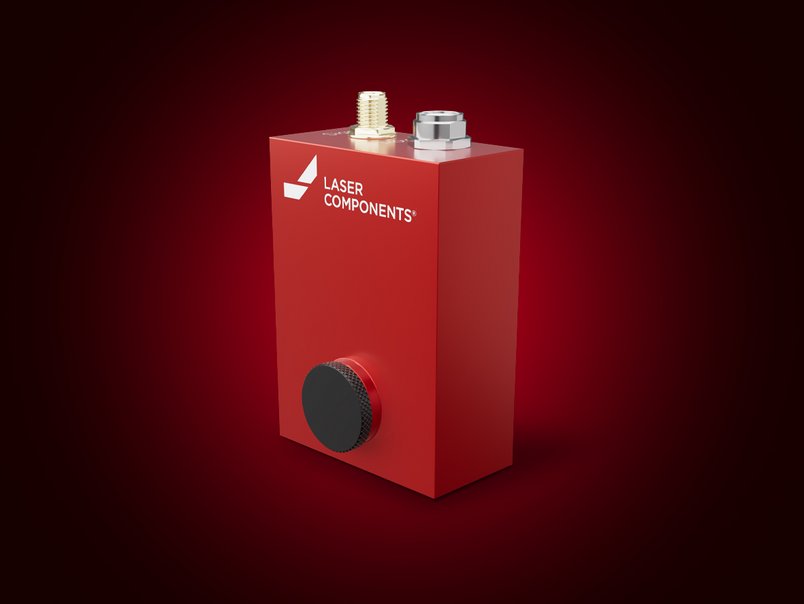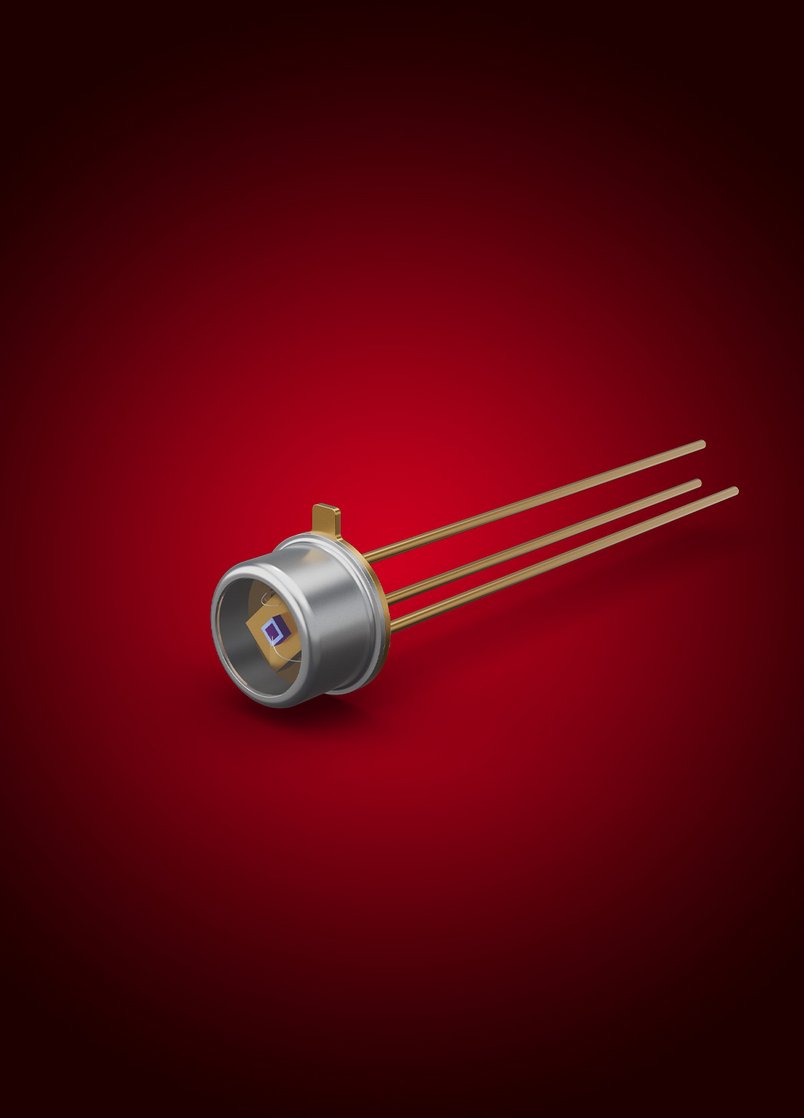High-End Ultrathin LTO Detectors
The Advanced LTO Infrared Detectors combine the benefits of existing LTO and DLaTGS detectors. With this thin design, detector performance is improved due to a 4x better signal.
The Advanced LTO Infrared Detectors offer the freedom to choose the speed that suits each application. With transmission window options that allow for various configurations, such as a KBr window that transmits up to 30 μm and is also available with a parylene moisture-protective coating. High performance can be maintained up to 1 kHz, while the detector can be used out to approximately 10 kHz.
Additionally, the Advanced LTO Infrared Detectors are tested to operate at room temperature with no depoling concerns, as is typical for DLaTGS detectors. Under increasing IR flux, high linearity is observed, as well as a high Curie temperature of 610 °C.
The Advanced LTO Infrared Detectors are ideal for FTIR spectroscopy. They can also be appropriate for the measurement and monitoring of laser power at long wavelengths.
Bias Circuit
This is the suggested circuit for using these detectors.
The output signal is an analog voltage as shown in the bias circuit. The detector responds to changing incident IR flux and the response voltage rides on top of a DC offset voltage.
(Drawing version 01, created Jan 2024. Please download the FAQ file to find latest version).
Similar Products
Our IR Detectors
Panchromatic, photoconductive and thermal detectors
InGaAs PIN Photodiodes
Modern InGaAs PIN photodiodes are panchromatic and convert broadband light to photocurrents in the Vis-NIR range. Concretely speaking, this means a sensitivity range from 500 nm to 1700 nm for regular InGaAs and – in increments – up to 2600 nm for extended InGaAs. Variations for data transmission are not panchromatic.
PbS and PbSe Detectors
PbS is a standard SWIR semiconductor detector (1 - 3.3 µm) whereas PbSe is used in the MWIR range (1 - 4.7 µm when uncooled; up to 5.2 µm when cooled). Our lead salt detectors are photoconductive; the detector resistance is reduced during illumination. The crystal structure is polycrystalline and is produced via chemical deposition.
Pyroelectric IR Detectors
A pyroelectric IR detector is a thermal detector in that it responds to the change in heat (IR) absorbed on its surface. Thermal detectors are polychromatic with a very wide spectral bandwidth.
The nature of the pyroelectric effect is that in a highly-ordered crystal (or ceramic), a temperature change in the element causes its atoms to move slightly out of position. This rearranges its electrical charge, which is measured in the electrodes on its surface.
The pyroelectric effect is found in many materials. The most commonly-used materials are deuterated lanthanum α alanine-doped triglycine sulfate (DLaTGS) and lithium tantalate (LTO).

What is Your Challenge?
Beyond Borders


LASER COMPONENTS Germany GmbH
FAQs
WHAT YOU SHOULD KNOW ABOUT OUR Advanced LTO Detectors
News & Events
from the infrared world



























